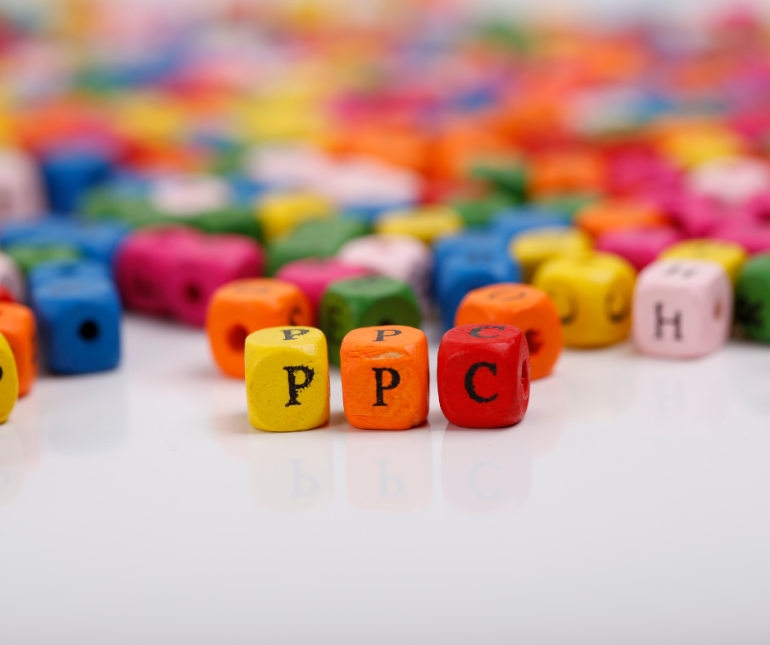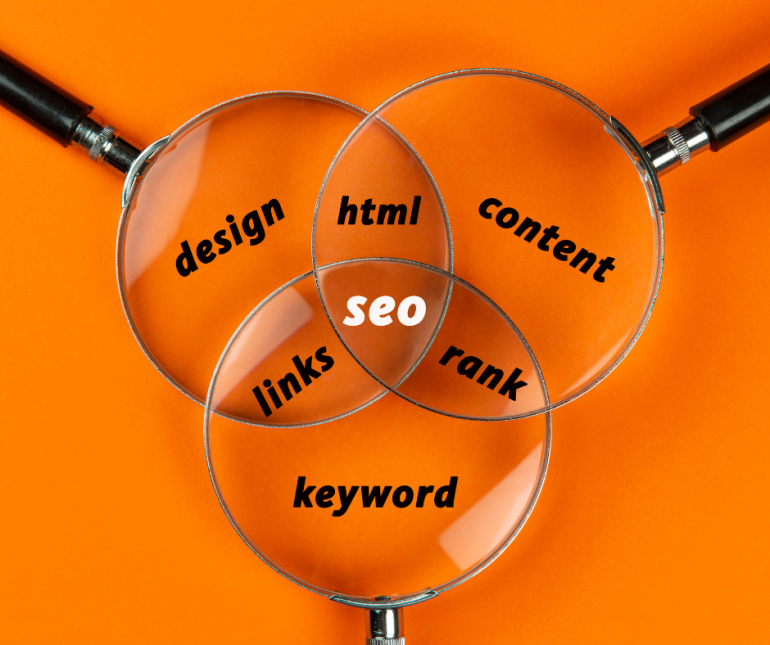
n digital marketing, one crucial element reigns supreme – the consistency of branding.

n digital marketing, one crucial element reigns supreme – the consistency of branding.

In the vast and intricate realm of digital marketing, where websites serve as virtual storefronts beckoning visitors to explore their offerings, the concept of retargeting emerges as a powerful tool in the arsenal of savvy marketers. Imagine this: a potential customer stumbles upon your website, browses through your products or services, perhaps even adds items to their cart, only to click away without completing the purchase. Here is where the art of retargeting steps in, akin to a skilled magician coaxing back the elusive rabbit into the hat.
Mastering the art of retargeting is akin to weaving a spellbinding narrative that brings back those wandering visitors, transforming them from mere passersby into loyal patrons. In this comprehensive guide, we delve deep into the enchanting world of retargeting, unraveling the strategies, nuances, and psychology behind reclaiming those lost clicks and turning them into conversions. So, ready your digital wand, for we are about to embark on a mystical journey through the corridors of cyberspace, where every click holds the potential for redemption. Welcome to the definitive ‘Mastering Retargeting: Bring Back Your Website Visitors 101 Guide.’

In the ever-evolving landscape of digital marketing, one question continues to echo through boardrooms and marketing departments alike: is Pay-Per-Click Advertising truly worth the investment? Picture this – a virtual realm where every click comes with a price tag, where each pixelated impression could either propel your brand to new heights or sink it into obscurity. This dynamic marketing strategy, commonly referred to as PPC Advertising, stands as both a beacon of opportunity and a potential pitfall for businesses striving to conquer the online sphere.
As the digital realm becomes increasingly saturated with competing voices clamoring for consumer attention, the allure of PPC Advertising shines brighter than ever. With a mere tap on a screen, potential customers can be whisked away to your virtual storefront, enticed by carefully crafted ad copy and strategically placed keywords. Yet, beneath the surface glitter of this pay-to-play marketing approach lies a complex web of algorithms, bidding wars, and data analytics that can make or break your online success. Let’s delve deep into the world of PPC Advertising, uncovering its intricacies and exploring whether the financial gamble is indeed a worthwhile investment in today’s digital age.

In today’s ever-evolving digital landscape, the significance of weaving web design intricately into your overarching marketing strategy cannot be overstated. Picture this: your website is not just a virtual placeholder but a dynamic gateway that can either propel your brand towards unprecedented success or leave it trailing behind the competition. As businesses navigate the complexities of online visibility and consumer engagement, the symbiotic relationship between web design and marketing strategy emerges as a pivotal force to reckon with.
Imagine a meticulously crafted website seamlessly aligning with your marketing objectives, acting as a beacon that captivates the target audience and propels them towards conversion. This blog post delves deep into the art of integrating web design into your holistic marketing strategy – a game-changing maneuver that can revolutionize the way your brand is perceived and embraced in the digital realm. Unveiling insights, strategies, and real-world examples, join us on a journey where pixels and coding converge to form a strategic powerhouse that propels your brand into the spotlight. Welcome to a realm where web design transcends aesthetics to become a linchpin in your conquest of the digital market share.

Mastering the art of propulsion is key. Imagine your online presence as a rocket ready to launch, with PPC Advertising as the powerful fuel that propels it towards the stratosphere of success.

Online realm serves as the modern marketplace, businesses strive to stand out amidst the virtual noise.

Billions of websites compete for attention, the art of SEO services has become the beacon guiding businesses towards the coveted first page of search engine results.

Attention spans are as fleeting as a swipe, the virtual storefront of any business is often its first and most crucial impression.

Mastering the art of impactful advertising strategies is akin to capturing that elusive celestial moment, frozen in time.

Staying ahead of the marketing curve is no longer a choice but a necessity.